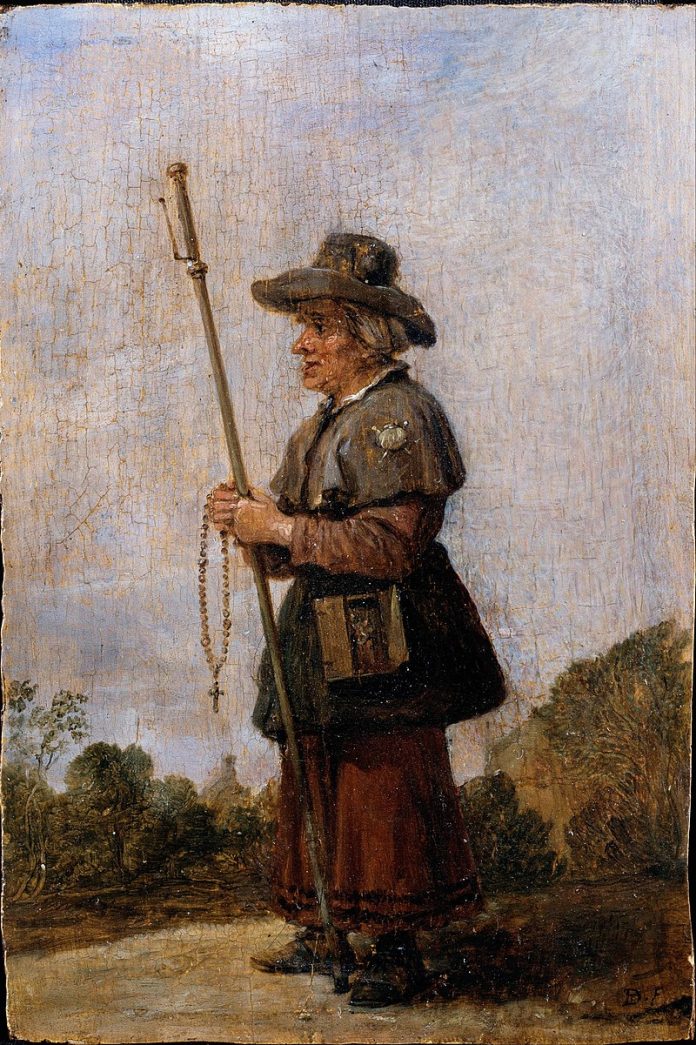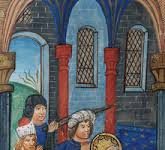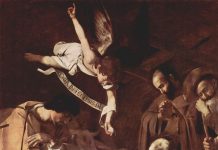It seems slow – walking, that is – and, to our modern modes of transport, it is. Bikes can move at about 20 miles per hour; cars, 60; airplanes, 400 or more.
Yet, as Nick Hunt argues – and as partial as I am to bicycles, and my write up another post on the glory of two pedaled wheels – walking is the most human of paces, and the most human form of transportation, involving only our own bodies, their rhythm and musculature; the anatomy of our forebears, their only mode of moving from one place to another, passed onto us, shaped us physiologically, psychologically, even spiritually, over aeons.
That is why walking is the most meditative mode of moving, and a natural and ideal form of pilgrimage, the best for body, and for soul. Strange, then, that Mr. Hunt does not believe in a soul, and presumably, ergo, not in God. What did he think of, or ponder, all those hours, days, weeks of hearing the crunch of his boots? No wonder he felt depressed reaching his destination, for earthly ends are always disappointing, unless placed within a transcendent worldview, that everything here, points to something far greater, there, far beyond the spires even of Hagia Sophia – well, what was once Hagia Sophia.
The same may apply, as the author alludes, to the growing popularity of the Camino in Spain, to Santiago, the shrine of Saint James the Greater. Tens of thousands follow the route, some for the traditional spiritual reasons, others – Swedes in spandex seeking some sort of solace – still quite haven’t found what they’re looking for. (And nothing against Swedes, whom I mainly pick on Swedes for alliterative purposes. I think that, amongst Europeans, it’s mostly Germans in lycra who strive to find themselves on the 500 miles Camino).
For all his lack of belief in a soul or life after death, and whatever he thought about all that time alone, Nick Hunt makes a salient point: That a pilgrimage is not so much about where you go or what you do, but who you are upon your return, and what the journey has done to you.
For a more traditionally reflection on pilgrimaging by foot, there are few better places to look than Hilaire Belloc’s Path to Rome, one of the classics of travel tales, recounting the great man’s quixotic walk from Paris to the Eternal City. There are others, including Benedict Joseph Labre’s life spent wandering through Europe’s shrines, about whom we posted the other day; Thoreau’s own take on walking, or Mark Twain’s, and I did recently peruse an anthology of authors exhorting the benefits of everything from a stroll, to a forced march, which I will send along if I can do so..
Whatever your fancy, or however the Spirit moves you, a journey of a half-mile or a thousand mile adventure, it all begins with one step…
Ambulate et orate! +











